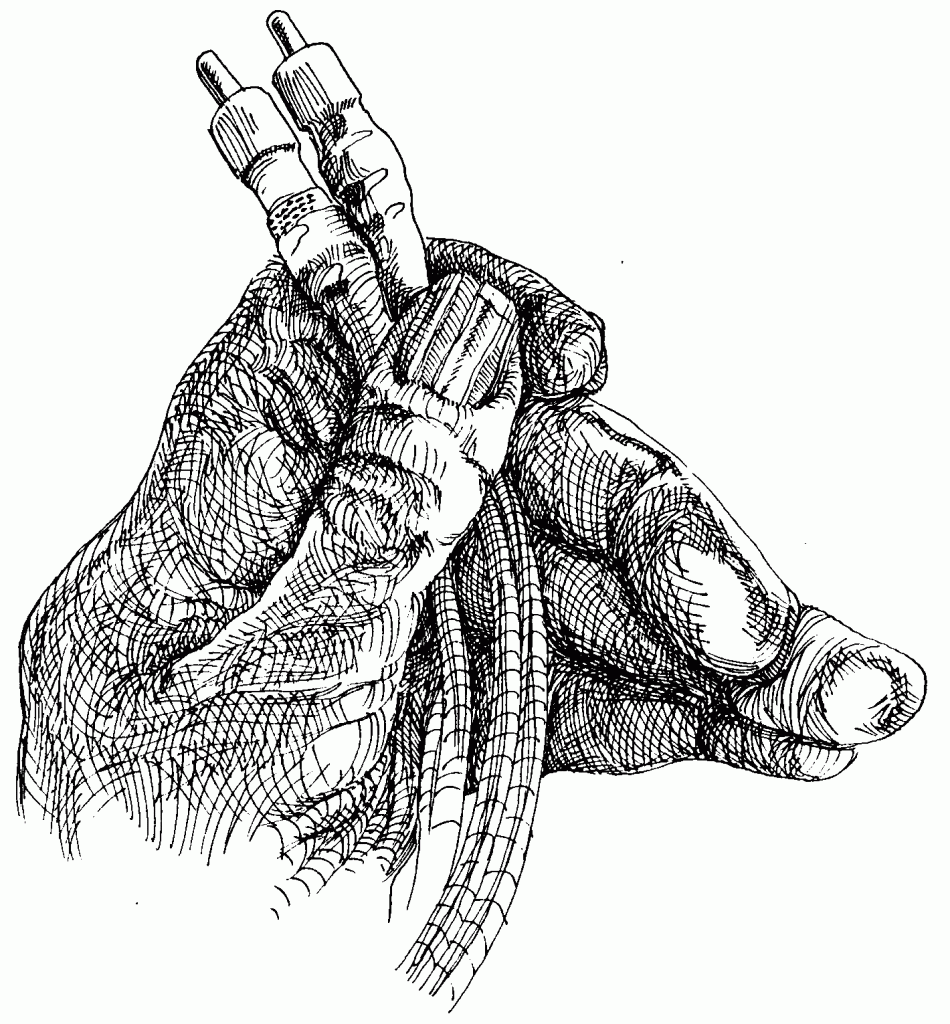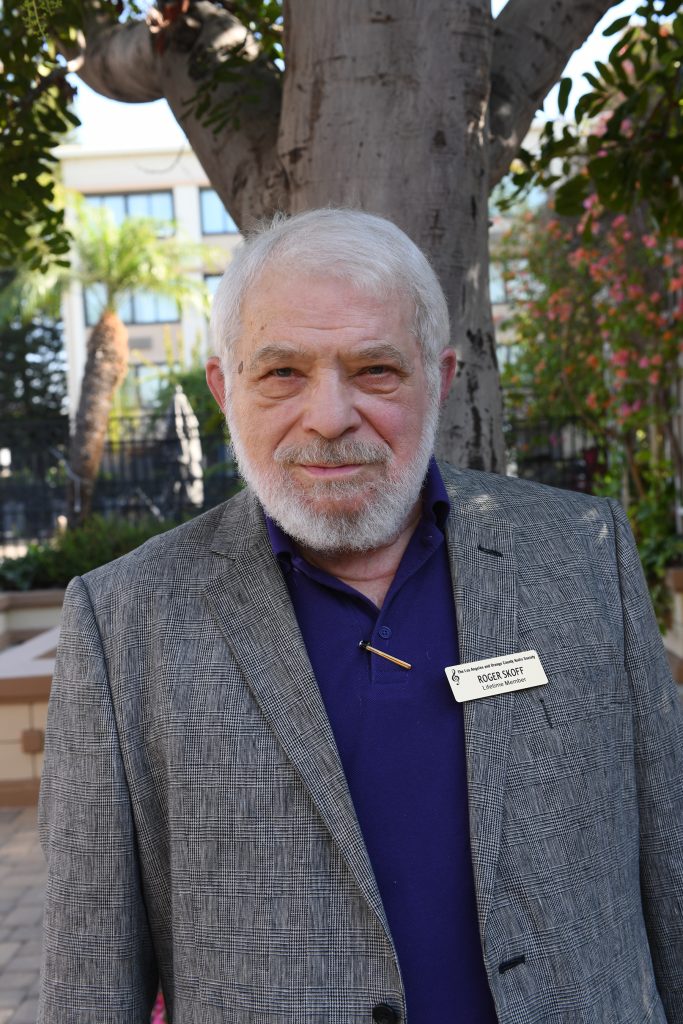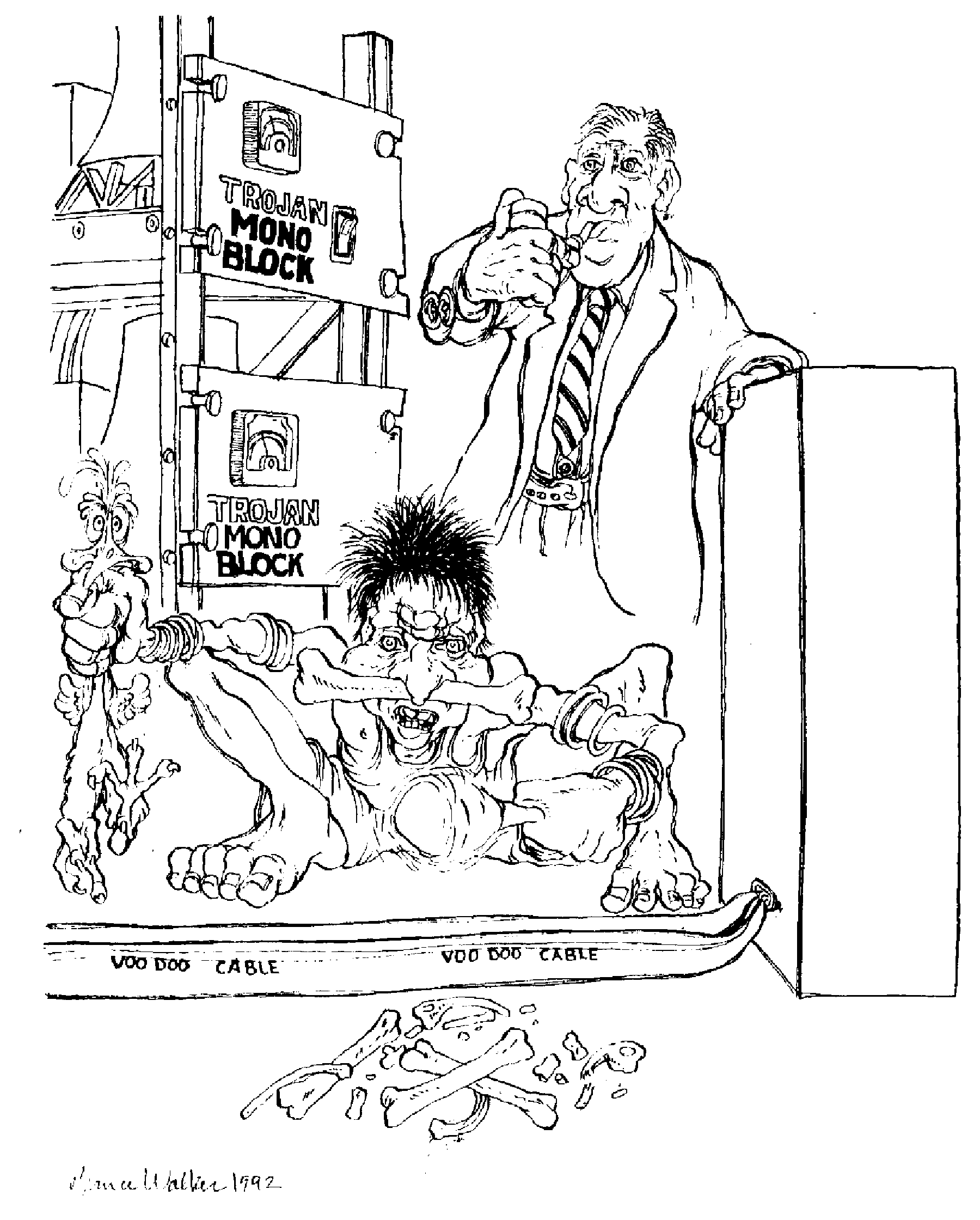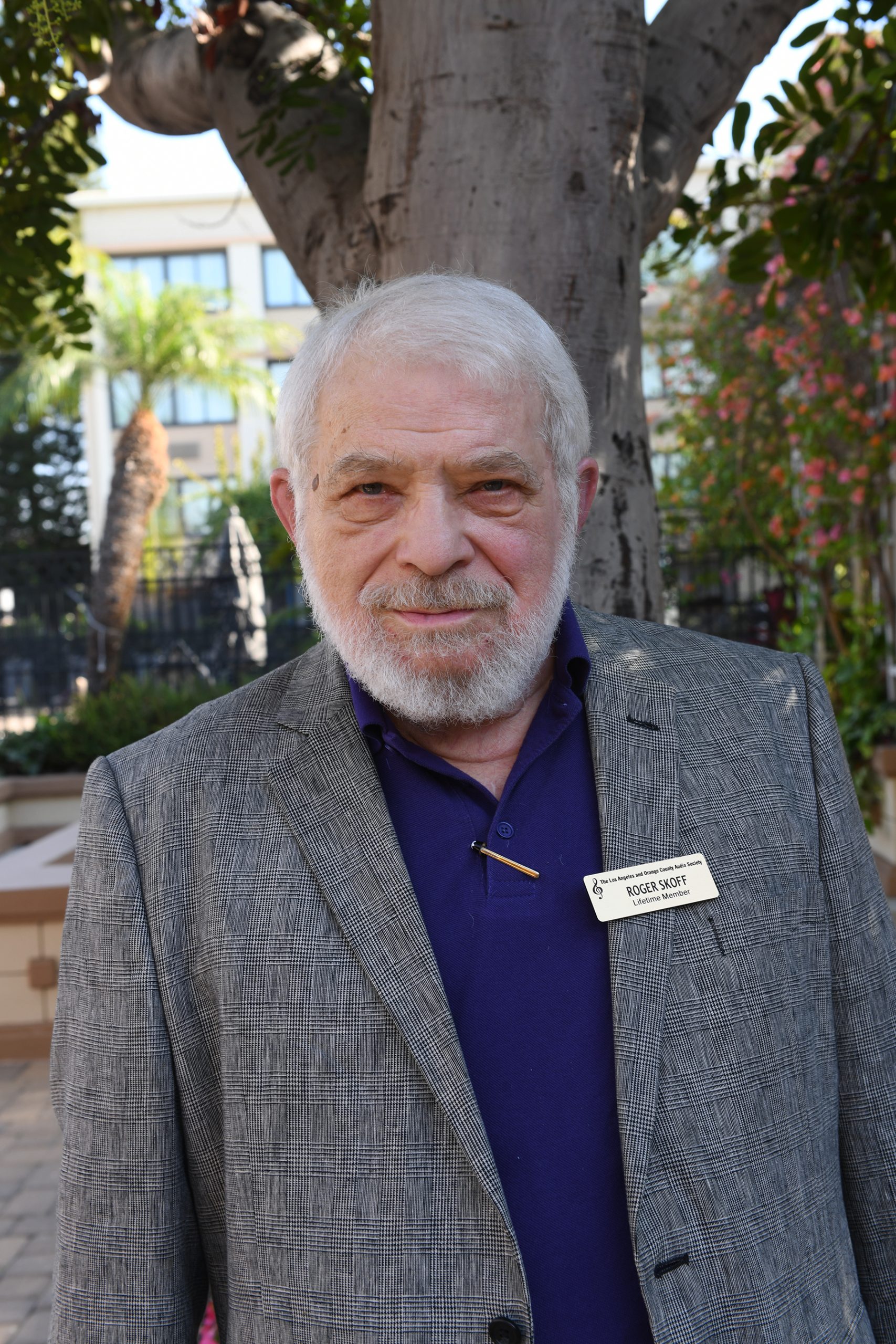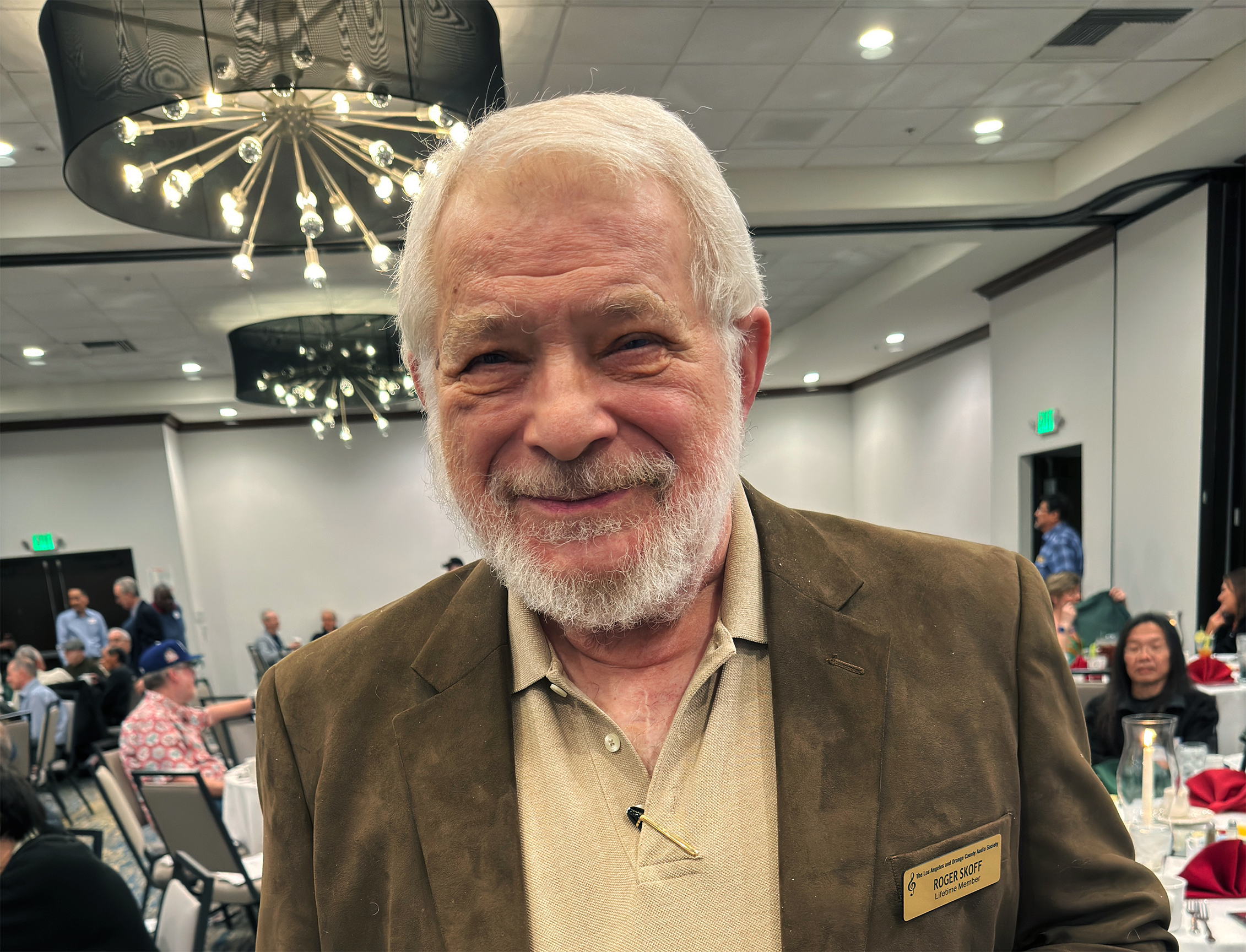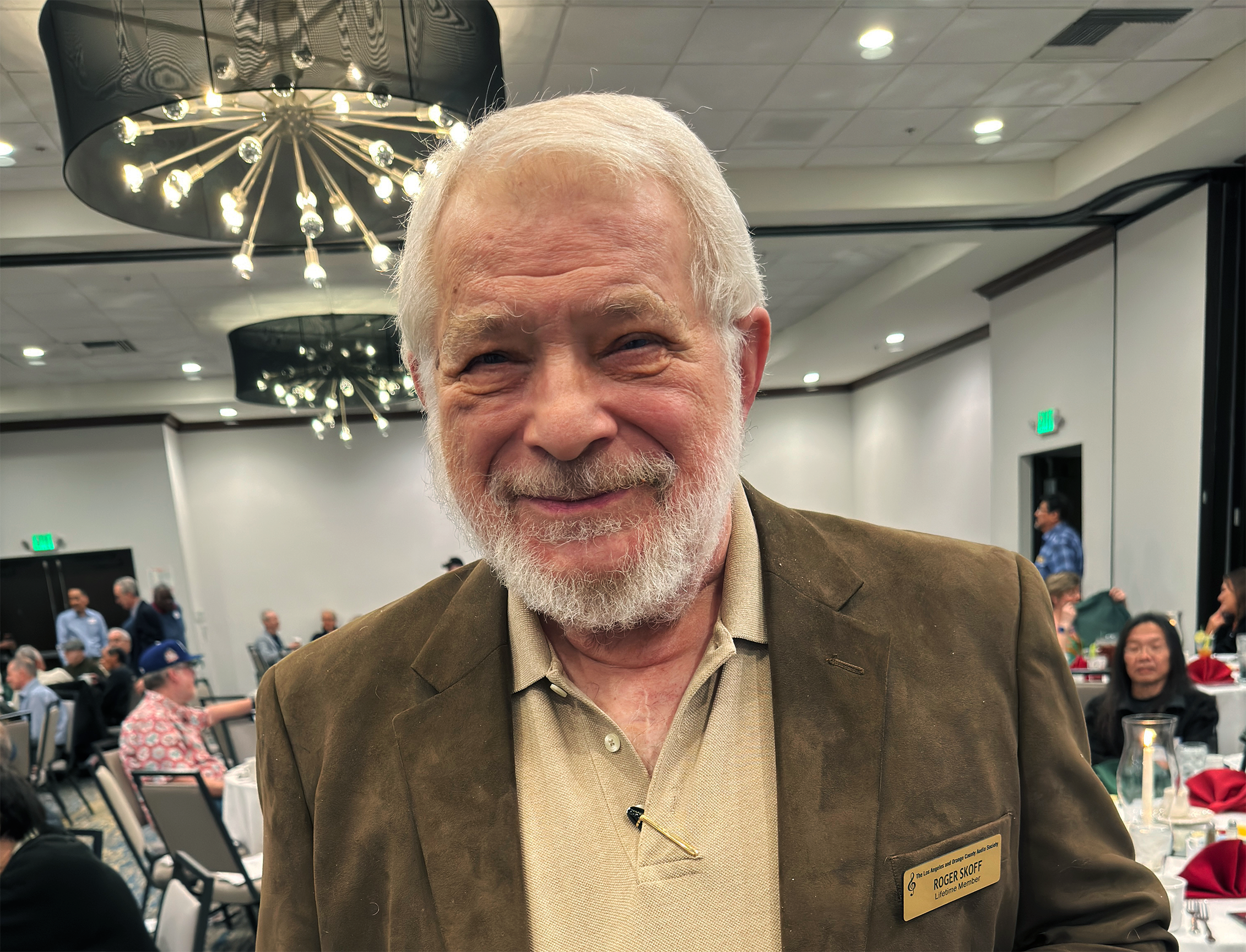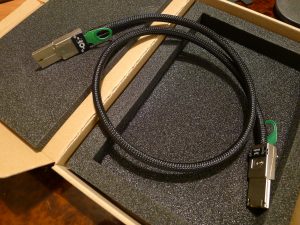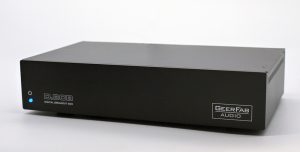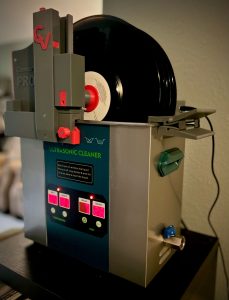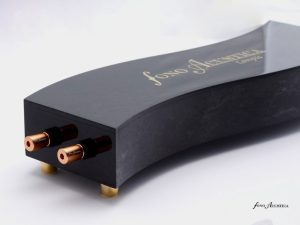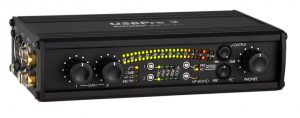Roger Skoff, LAOC Gala 2018 (photograph by David W. Robinson)
Roger Skoff writes about possibly unexpected things that can affect the sound of your system.
Well more than half a century ago, when I was a kid, the teacher in my High School physics class did something I will never forget. Let me tell you about it. Maybe you'll want to keep it in mind, too.
One day, as part of his regular lesson, the teacher (sorry, but after all these years, I simply don't remember his name) brought out an electroscope—a device for indicating the presence and polarity of an electrical charge (HERE)—and showed us how it worked by using it on one of the batteries kept on hand in the classroom for just such purposes.
He then brought out a "U"-shaped thing made out of three pieces of wood, each six or eight inches long, arranged so that one piece formed the bottom of the "U" and the other two were set perpendicular to it, one at each end and pointing upward, to form its vertical "legs." ( I I ) Each of those legs was wider than it was thick, and each had been notched at the "top" (across the upper ends of the U, and parallel to the bottom piece) so that it could act as a holder for one of the next two things the teacher took out and set on the demonstration table.
Those were pieces of (probably) one-inch dowel, each about four or five inches long, to which a thin metal disc, perhaps three or four inches in diameter, had been attached across (perpendicular to) the end, (—I) and which had been drilled-through axially, so that an insulated wire could be soldered to the disc at one end, passed through the dowel, and have a couple of feet of slack hanging off it, with an alligator clip at the other end.
That's when it started to get interesting: First the teacher picked up each of the dowel/disc/wire assemblies (from this point on, let's just call them "handles") and, holding first the disc, then the dowel, then the wire and alligator clip next to the electroscope, he showed us that no part of either of the two "handles" or their attachments was charged. Then he set the two handles onto the notches on the upright Legs of the U-shaped "frame" in such a way that the dowels were in the notches; the two discs were facing each other, perhaps an eighth of an inch or less apart (—II—); and the two wires were hanging-free of the dowels pointing in opposite directions, with their wires loose on the table.
Finally, he touched the two wires from the handles to that same battery that he had used before and re-checked for charge. Sure enough, the "handles" (or at least their discs and wires) were charged, which he explained by saying that the two discs (the "plates") separated by the non-conductive air space between them (an air "dielectric") had formed a capacitor—device for storing energy, which is created any time two (charged) conductors are separated by any non-conductor.
To demonstrate just how much energy had been stored, he then touched the two alligator clips together, and was rewarded with a spark, bright enough for the whole class to see. This, he said, was caused by the release of the stored energy, and proved it by once again using the electroscope to check for charge, finding none remaining.
What followed next was when it started to get weird: First, he re-charged the "capacitor" by again touching the two wires (the alligator clips, actually) to the battery and, with the electroscope, verified that it was, in fact, re-charged. Then, taking one of the handles (—I) out of the frame ( I I ), he held it up to the electroscope and checked it again. No charge. Then he picked up the other one (I—) and checked it. Also no charge. Finally, he held the electroscope in the space between the two upright legs of the frame, where the gap between the plates had been ( I I ), and checked that, too. No charge there, either.
Okay, we thought. The capacitor had been taken apart, so there was no more capacitor. No surprise if there's no charge, right? It seemed only reasonable; but when the teacher re-assembled the capacitor and, once again, touched the two clips together, there was another spark! Amazing!
Where had it come from? Where was the energy stored if it wasn't in any of the previously known-to-be-charged parts? Could it be in the air in the space that had constituted the dielectric between the two plates? That didn't seem possible because the air, being fluid, was constantly circulating through the room—including through the space where the gap between the plates had been—so that, if it had been the air that was holding the stored energy, it would reasonably be expected to eventually disperse throughout the room and be lost to re-capture. That that wasn't the case was proven by the last part of the teacher's demonstration.
For that, he once again re-charged the capacitor and once again took it apart. This time, though, he had two of the students carry the two "handles" to two opposite corners of the classroom and leave them there until just before the end of the class period. Then he had them brought back to the demonstration table; re-assembled the capacitor; and again touched the alligator clips together, getting once again—even after all that time—a spark that seemed fully as bright as before.
Magic.
But magic that applies directly to our audiophile hobby: Remember what I said before about any two charged conductors separated by any non-conductor being a capacitor? Well, if you stop to think about it, it should be obvious that it's not just things called "capacitors" that are capacitors: Electrostatic speakers, like Quads, Martin-Logans, my own favorite, Acoustats, and others are capacitors, too. (The stator(s) [fixed grid(s)] and the moving diaphragm are the "plates", which are separated by an air dielectric.) And so are all of the cables, both power and signal-carrying, throughout your system.
Where this is significant is that, in our hobby, where debate among audiophiles is often about not just which component or other system element is better, but about whether it makes any difference at all, cables are among the most hotly argued items.
Many (including me) believe that they obviously do make a difference and urge us just to use our ears to decide for ourselves. Others, citing "placebo effect" and other such psychological phenomena as support, declare that hearing, unless it's under "double-blind" conditions, is not to be trusted and claim that, unless something can be measured, it simply doesn't exist.
The engineering-types among those latter usually contend that the only things that can affect the performance of a cable (and thus the sound of the system that it's a part of) are resistance (R), capacitance (C), inductance (L), and the characteristic impedance (Z0) that arises as a result of them. The possibility of influence by any other factor seems to be rejected by them entirely.
What they neglect to realize in doing that is that capacitance, while similar to resistance and inductance in that it is affected by materials, quantity, and spatial (distance) considerations in determining its gross value, also has a strong time component to its effect, which the others, in themselves, do not: Different dielectric materials not only have different dielectric constants (how much energy they can store per volume of material), but they are also different in the rates at which they can take-on and release stored energy.
Because this energy, once stored, is released back into the signal path out of phase with the incoming signal, either canceling incoming increments of signal or creating out-of-phase discharge artifacts, this is hugely important and is, in itself, proof that cables or any other capacitor in your system can make a difference to its sound.
When electronics designers—whether tube or solid state—create a circuit, they not only specify the value of the capacitors to be included, they also specify their type and dielectric (film and foil, ceramic, tantalum, polypropylene, polystyrene, oil-filled, etc.). That's because capacitors of different construction, even if of the same value, sound different.
Different capacitors sound different. So do different electrostatic speakers. Why should cables NOT sound different? Once you take time domain effects into consideration and their ability to cause phase shift and the cancellation or addition of signal elements, it would seem to take magic for them NOT to!
Cartoon by Bruce Walker





